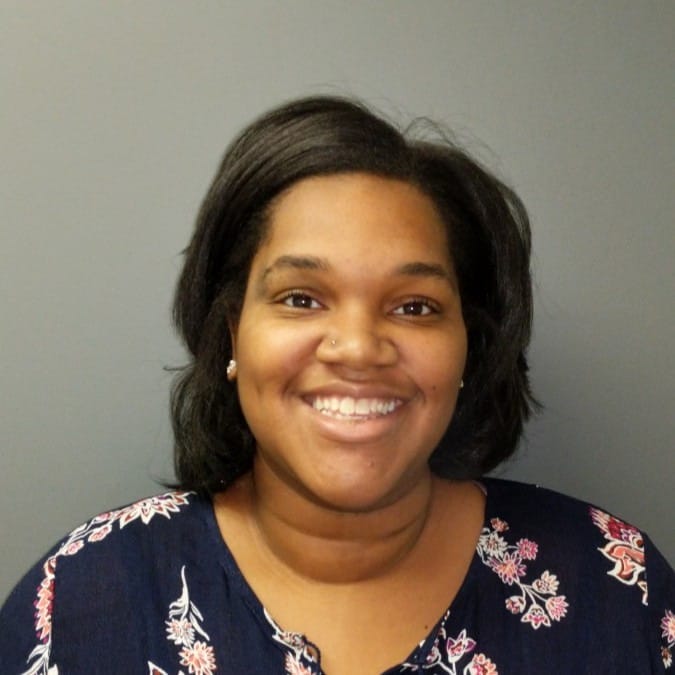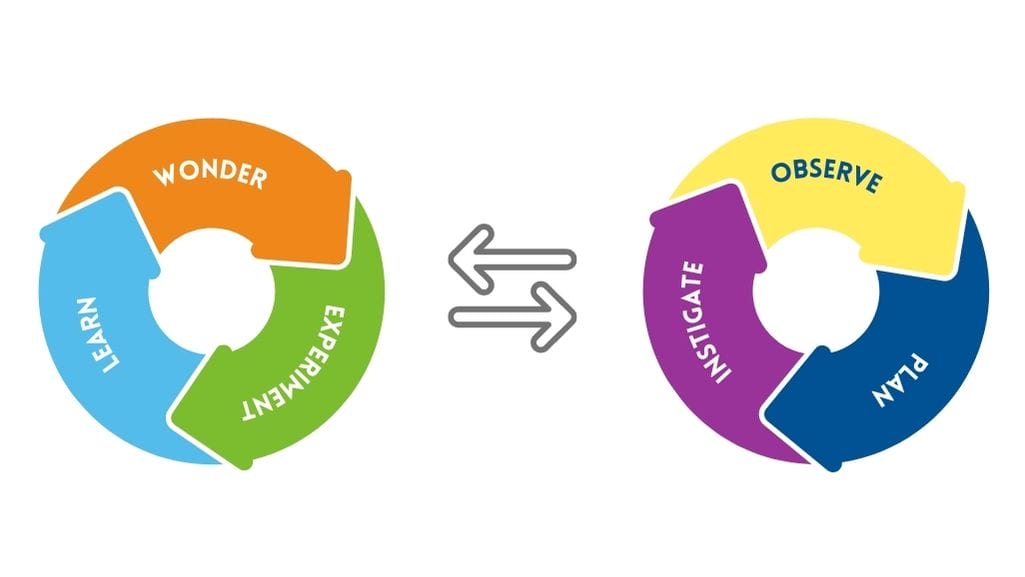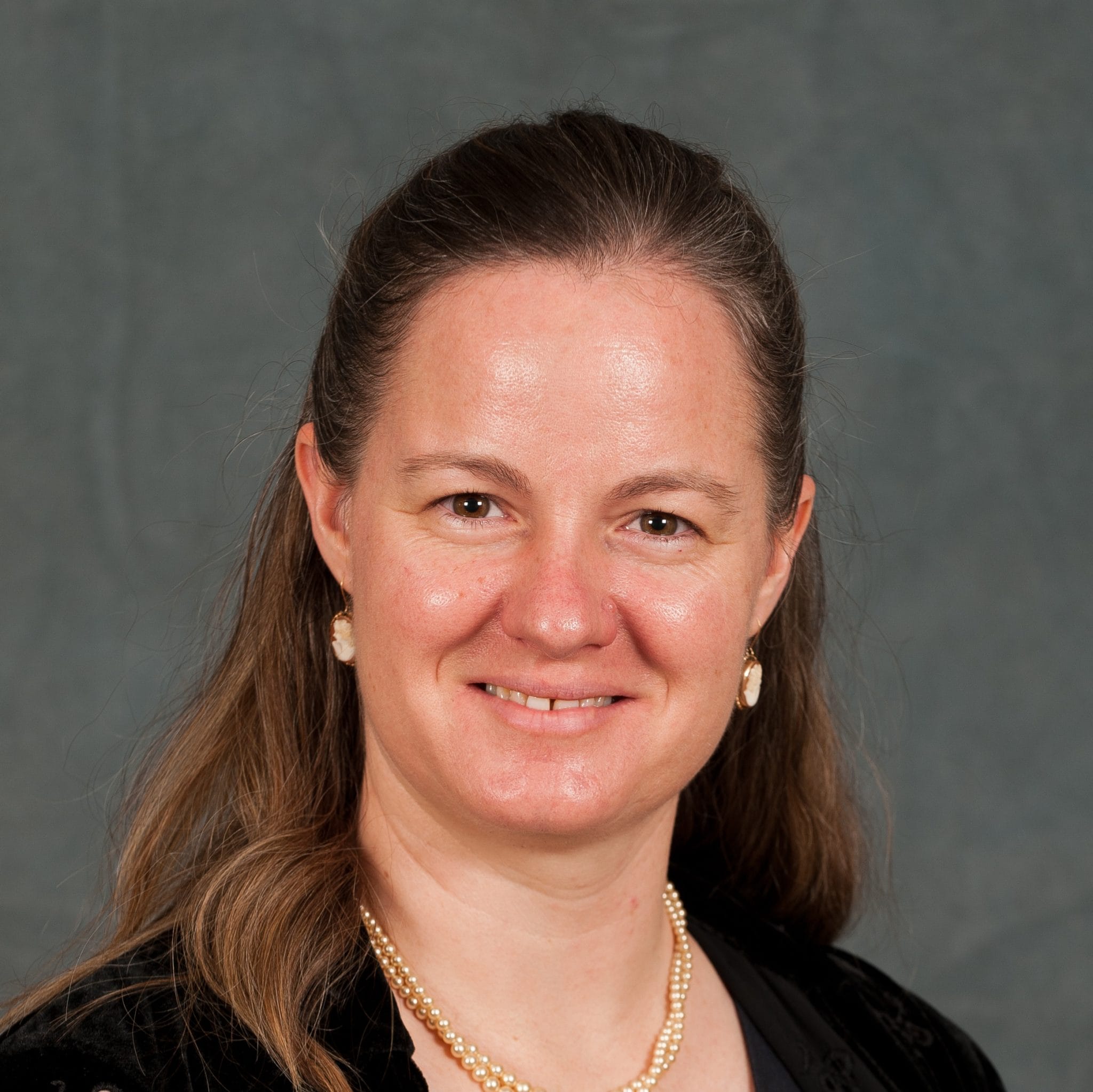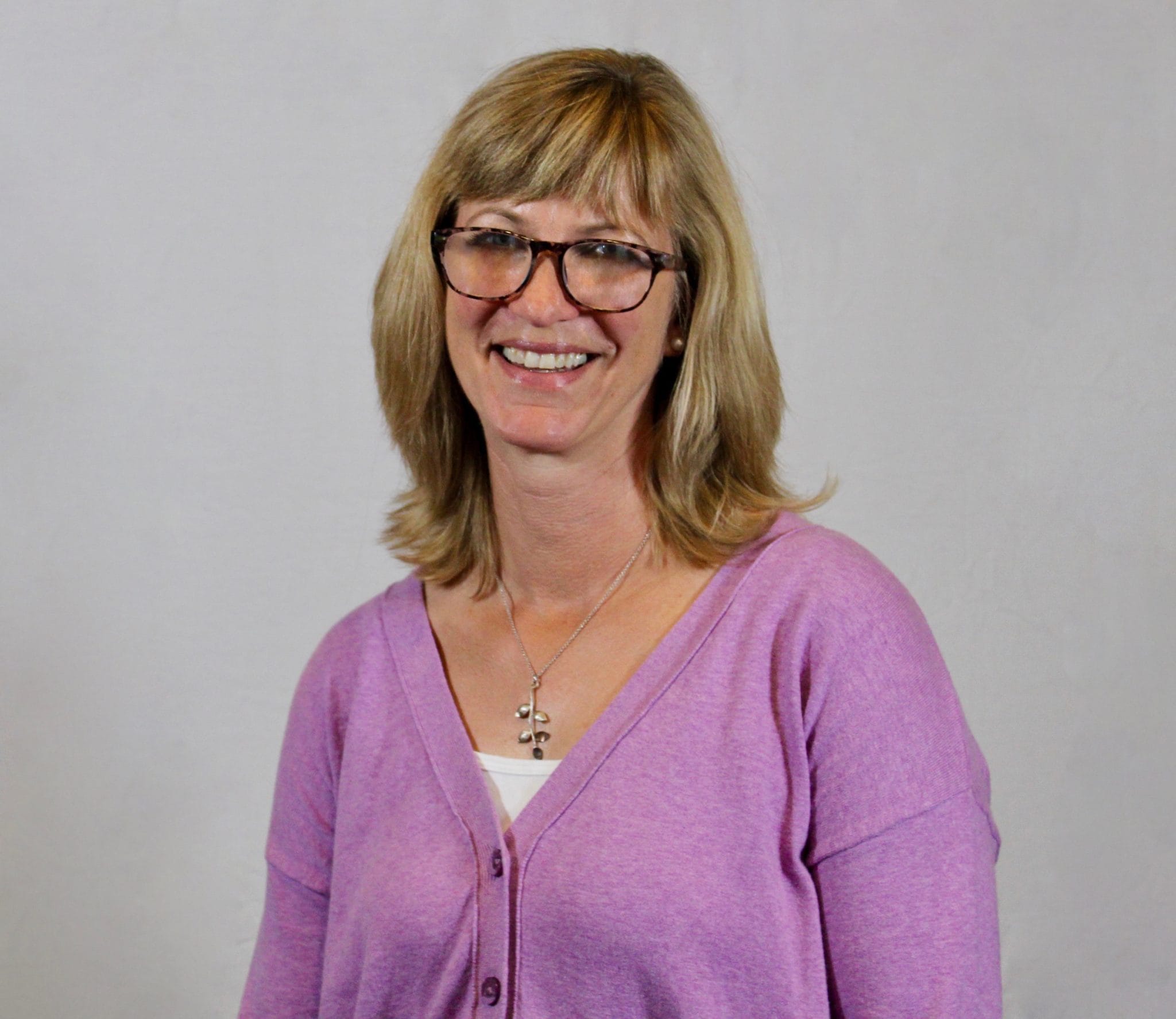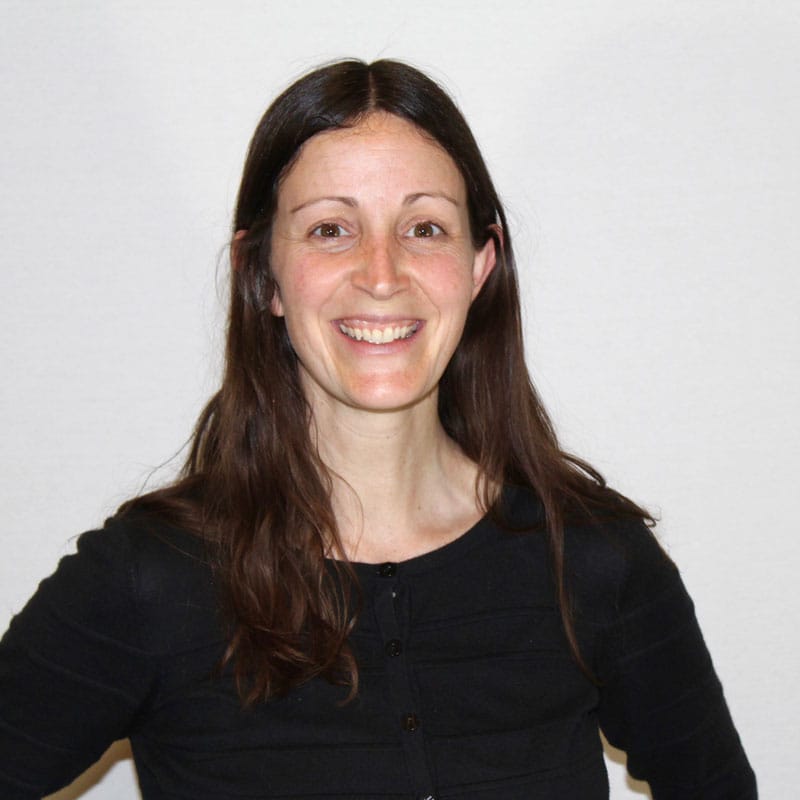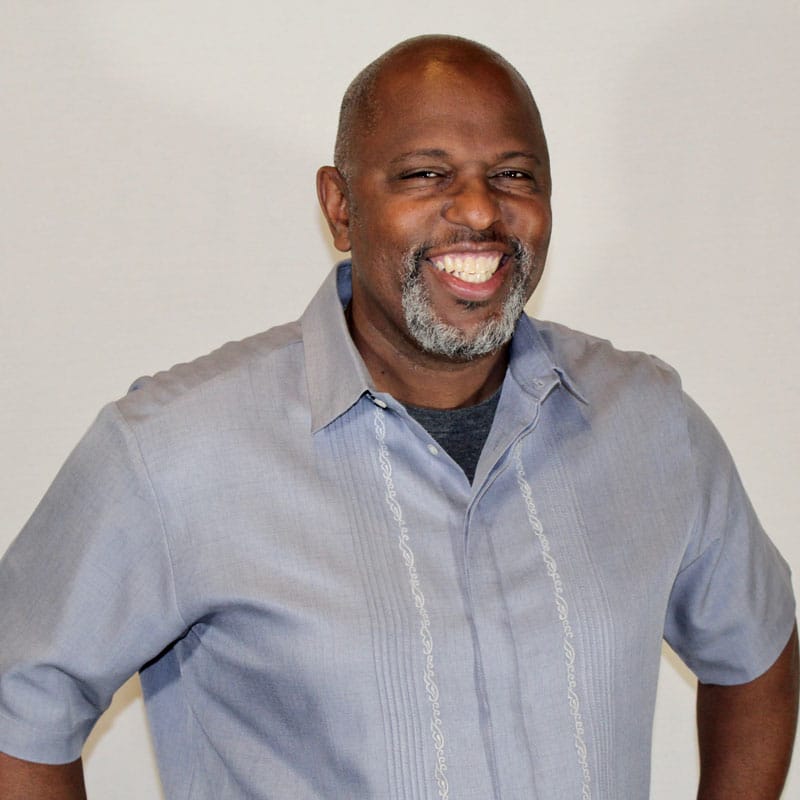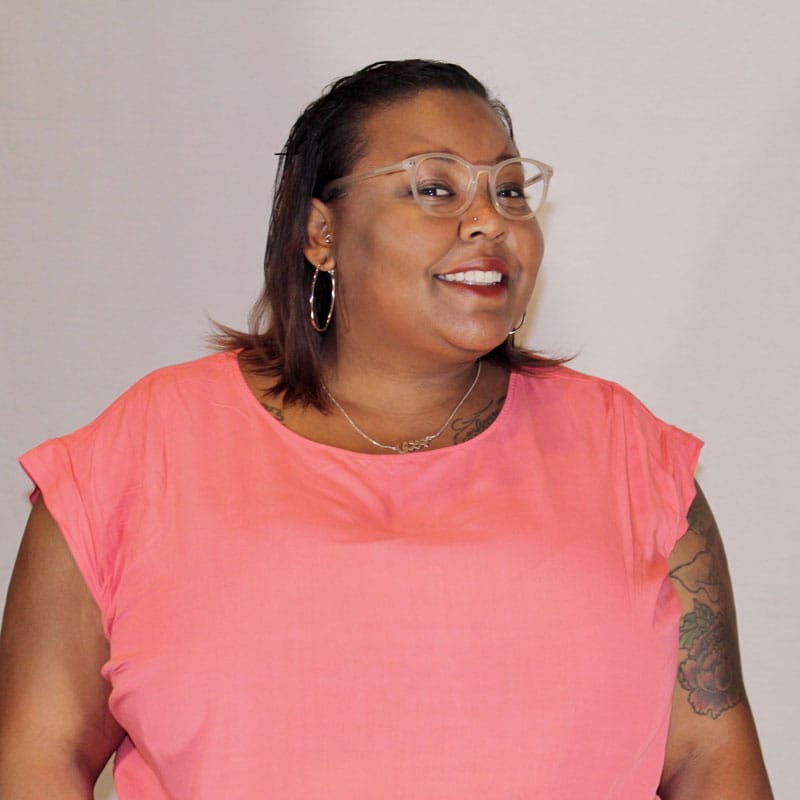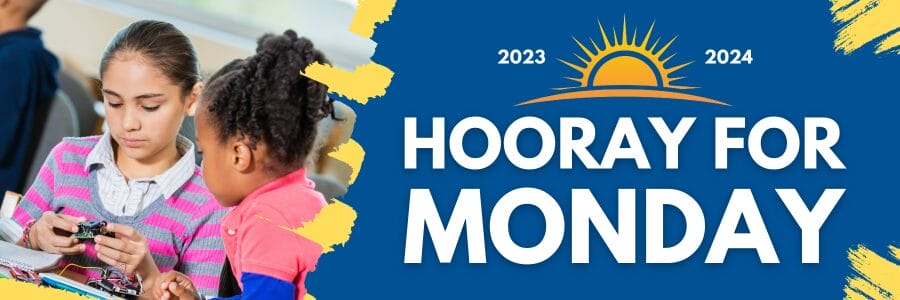
January 22, 2024
Aleta Margolis, Founder and President
We hear a lot these days of the perils of striving for perfection. Perfection is static. Perfection is an endpoint. Once perfection – with synonyms such as flawless and complete – is achieved, there’s no point in continuing to strive…or try…or learn… because there’s nothing more to do. Perfection also places an unrealistic and stressful burden on those who strive to achieve it.
As teachers, we want to avoid overburdening our students with expectations of perfection. But we also need our students to learn and achieve; we want them to experience the joys of achieving their full potential.

Eschewing perfection does not have to mean settling for mediocrity. So much research shows that we humans thrive when we are all in, fully present, and doing something that feels like our best, or at least very close to it.
That’s where accuracy comes in.
Striving for accuracy means prioritizing precision. Imagine a cooking class in which students explore the difference between adding one teaspoon or one tablespoon of baking powder to a recipe. Or a chemistry class in which students are challenged to explain why adding one milligram of sodium to a solution would produce a very different result than adding one gram!
Accuracy also means searching for truth. Students in a civics class who are engaging in discourse about the US election season, or the Middle East, can begin by searching for reliable sources that accurately report facts; then students can embark on the challenging and intellectually engaging work of distilling fact from interpretation.

Striving for accuracy means mastering the rules of grammar so you can be adept as a writer in communicating your meaning. And should you choose, you can intentionally abandon those rules once you’ve mastered them, and be in the company of Charles Dickens who begins his A Tale of Two Cities with a famous run-on sentence to satirize the long-winded nature of society’s leaders through subverting grammar norms, or belle hooks, who chose to write her name in lower-case to focus readers on her message rather than on herself.
Accuracy means the engineer who designs a bridge ensures absolutely correct measurements, while also incorporating expansion joints to allow the bridge to move as temperatures fluctuate and materials expand and contract. It also means the middle schooler designing her diamond kite understands the Pythagorean Theorem and applies it with accuracy so the spars meet at right angles, and the face of her kite fits properly over the spars.
As teachers, it’s our joy and our responsibility to create the conditions that will inspire our students to strive for accuracy, while remaining free from the confines of perfection.
Wishing you a week of being all in with your students.
For additional insights, resources, and information on Inspired Teaching teacher and youth programming, subscribe to the Hooray For Monday newsletter!


